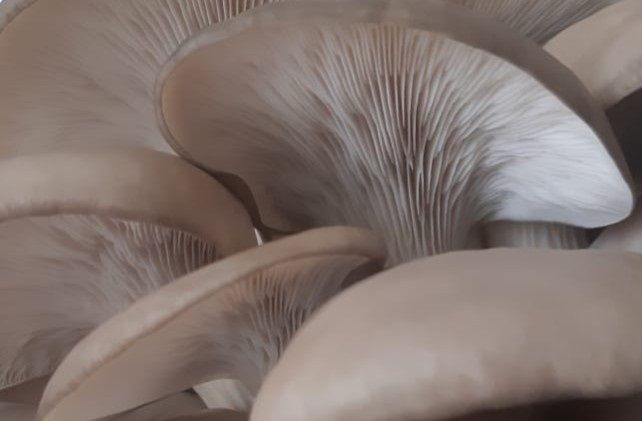Mushroom cultivation, an agricultural activity with potential
Mushroom cultivation: These mushrooms tend to grow among the remains of wood, tree leaves, and other organic compounds, as well as in humid, shady places with some heat.

Although mushroom consumption dates back thousands of years, it began to be cultivated in Mexico in the 1940s, but it was not until a couple of decades ago that the technique was perfected. The mushrooms usually grow among the remains of wood, tree leaves, and other organic compounds, as well as in humid, shady places with some heat. There are more than 300 edible species in Mexico that are collected in forested areas between the months of July and September, which is the rainy season.
Despite the fact that consumption of these species dates back thousands of years, they began to be cultivated in Mexico in the 1940s, but the technique was not perfected until a couple of decades ago. The mushroom is the most widely produced and consumed species of fungus in Mexico and the world, followed by the mushroom, which is slowly making its way because it has the advantages of being larger and can be cultivated with the residues of other agricultural activities.
The mushroom (Pleurotus ostreatus) is large, its "hat" can measure between six and 15 centimeters in the shape of an elephant's ear, which is why it is also called "white ear". It can be prepared in broth, soup, sauces, and moles, prepared "a la Mexicana" with tomato, onion, and chile, inside a quesadilla, or simply stir-fried to accompany some chicken fajitas.
This food is considered healthy because it lacks fat and has good quality proteins, as well as fiber, vitamins A and B, iron, calcium, potassium, and carbohydrates among other elements needed to complete a balanced diet.
Given its growing demand in domestic and foreign markets, growing mushrooms can be an extra activity with added value for farming families, since agricultural waste such as straw is the basis on which the spores or seeds of the mushrooms are grown.
In the municipality of Cuyoaco, Puebla, the planters of the Peasant Learning Community (CAC) of the Ejido Texcal, installed a mushroom incubator chamber as part of the collective activities promoted by the Sembrando Vida Program. The mushroom chamber is located in an old adobe room within the multipurpose land where the community nursery and a botanical garden are also located.
According to the planter Abimael López Flores, they used several kilos of barley straw as a base for the crop that has to undergo a cleaning process before being used. The straw is washed with lime and chlorine and then put into bags. A layer of straw is laid down on top of a layer of seeds or spores until the bags are filled, which are then hung from the ceiling and pierced, while the floor is wetted to conserve moisture.
The "packages" of straw and spores must remain in complete isolation inside the room for 30 days, which is known as the incubation period. Then the room is opened to let in some air and light and six or five days later the mushrooms begin to sprout. Each bag can produce one kilo of mushrooms per harvest and it is possible to harvest them up to four times, allowing 15 days to pass each time.
This means that, in two months, the camera installed in the Texcal CAC can produce 40 kilos of mushrooms, an amount that is used for self-consumption by the 25 families of planters who participate in the process, but it is not ruled out that in the future the production of more than that.
Source: Welfare Department




